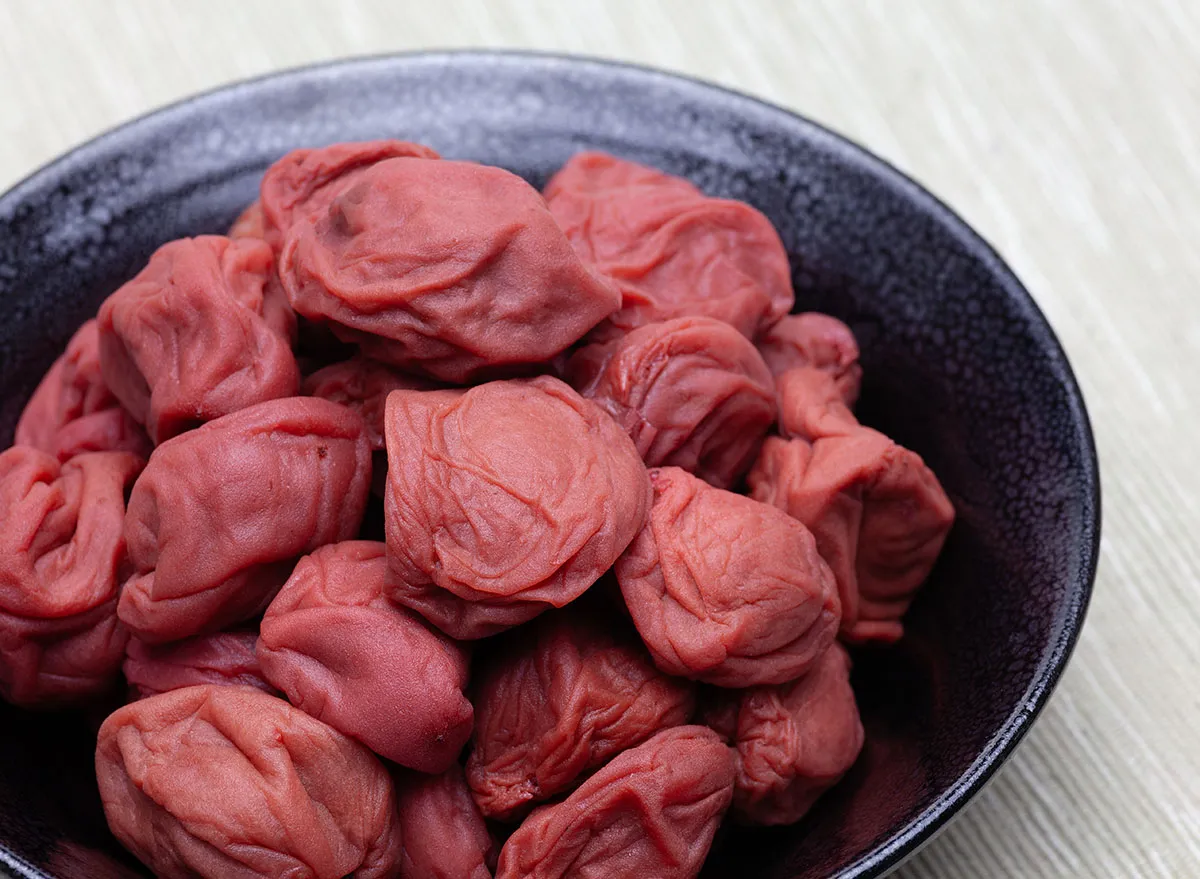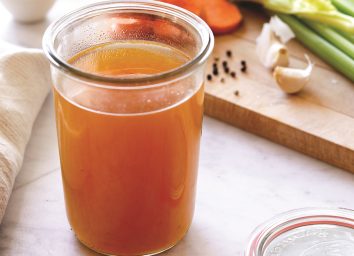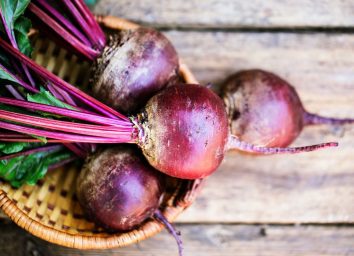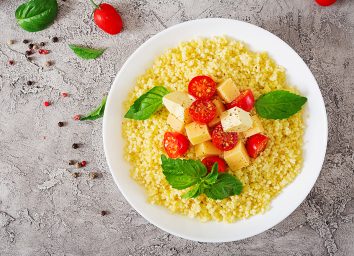Why Umeboshi Are the Umami Product You Need In Your Pantry

You might not be as familiar with umeboshi, but the salted plums are considered a medicine in native Japan. See, umeboshi are a staple on Japanese dinner tables, and they’ve gotten a ton of mainstream attention for its health benefits. For many, the umeboshi plum is a mouth-puckering, sour, and salty acquired taste, but for people in Japan, it’s a centuries-old superfood. Can it really cure a hangover, too? Let’s find out.
What is umeboshi?
Umeboshi are the fruit of the ume tree, a relative of the apricot and the plum, that have been fermented, salted, and dried in batches in the summer sun. During the process of fermentation, sea salt gives the plums its brine, and the addition of red shiso leaves creates a pink hue. The preparation process can last several weeks, but the umeboshi are often left to dry and age for months or even years before they are enjoyed.
Umeboshi plums have a long history, and have been used over thousands of years to cure dysentery, fight typhoid fever, and help with food poisoning. Japanese samurai soldiers took umeboshi with them while going to battle, because the fruit was preserved and able to be stored for an indefinite amount of time. It was also used to purify water for them to drink. Through the years, it became a normal part of Japanese cuisine, fed to families to improve wellness.
How does umeboshi taste?
There is more citric acid in ume, three times more than in a regular lemon. This creates the astringent flavor of umeboshi, but the sour shock is made more pronounced by the salt used to cure the fruit. While salt content is variable, the traditional recipe calls for pickling with salt that has at least 20 percent sodium. If the count dips below that mark, the fruit can mold.
Umeboshi has a flavor that is quite strong, so it’s often found as an addition to a meal of white rice, adding a layer of flavor to the whole dish rather than being eaten on its own. A symbol of Japanese patriotism emerged in the early part of the 20th century in a dish called Hinomaru bentō, which consists of a rectangular wedge of rice with a single umeboshi in the middle. The result was a replica of the Japanese flag.
What are the health and culinary benefits of umeboshi?
Let’s just get straight to it—umeboshi are widely considered a hangover cure. It helps digestion and stimulates the liver to detoxify the body, resulting in a feeling of relief that can often feel miraculous. Stomachaches vanish, nausea eases, and your energy returns after eating the fruit. You don’t have to be experiencing a hangover to get the benefit of umeboshi, however. With its acidity, umeboshi actually normalize the alkalinity of the body, restoring balanced function of the liver and elimination systems.
How do you use umeboshi?
Umeboshi can be eaten like a fruit, if you can stand the sour. Even sucking the hard pit found in the middle can help with a sick stomach! If it’s not served whole with rice, many Japanese cooks mince the umeboshi before adding some as a briny seasoning to dishes. You can even eat umeboshi paste, which is just minced and processed umeboshi. The red paste creates the same flavor base as minced or whole umeboshi.
Even the liquid isn’t wasted, and today, the Umeboshi vinegar is sold as a seasoning, paired with cruciferous vegetables, cabbages, and kale.
The paste or minced plum is a tasty accompaniment to corn on the cob, replacing butter and salt with a healthier version. It blends into salad, too, adding a tart foil for oils and is frequently added to soups or to sushi.
Where can you find umeboshi?
Umeboshi plums and paste can be found in natural food markets, grocery stores, and on Amazon, produced by manufacturers such as natural food purveyor Eden Foods, which specializes in traditional Japanese foods.








